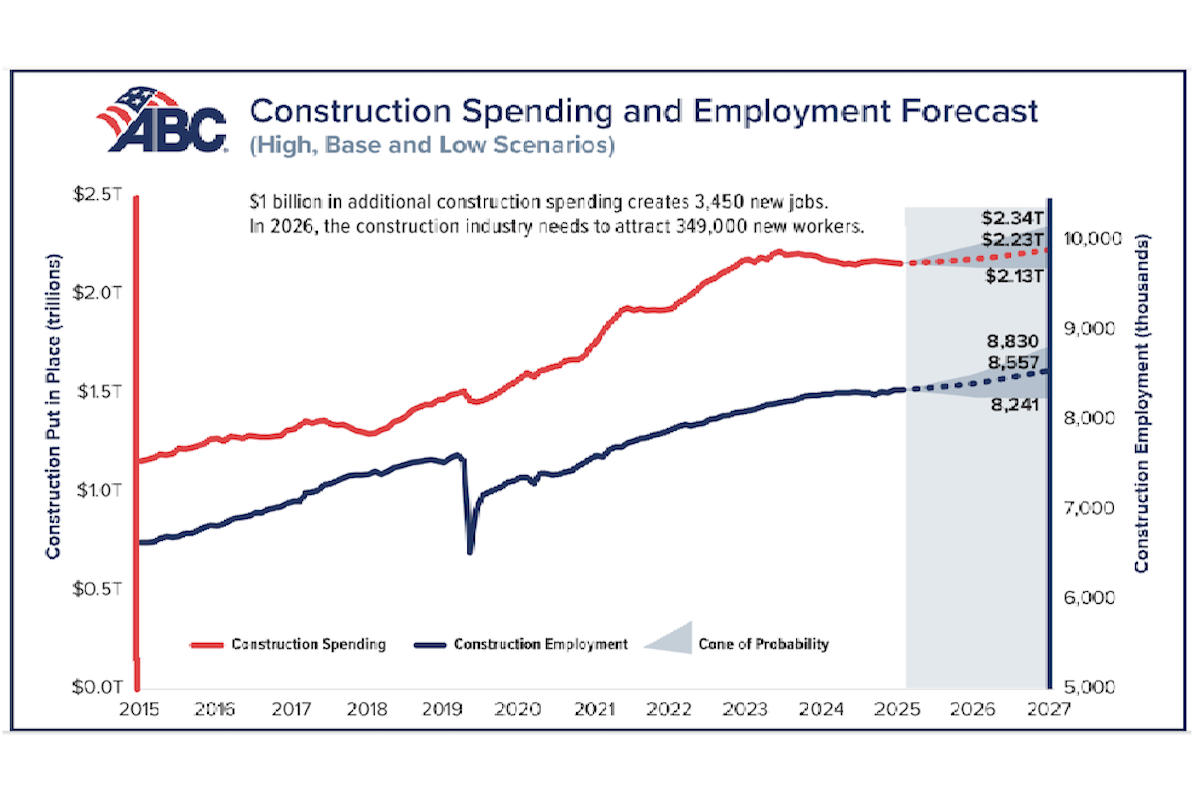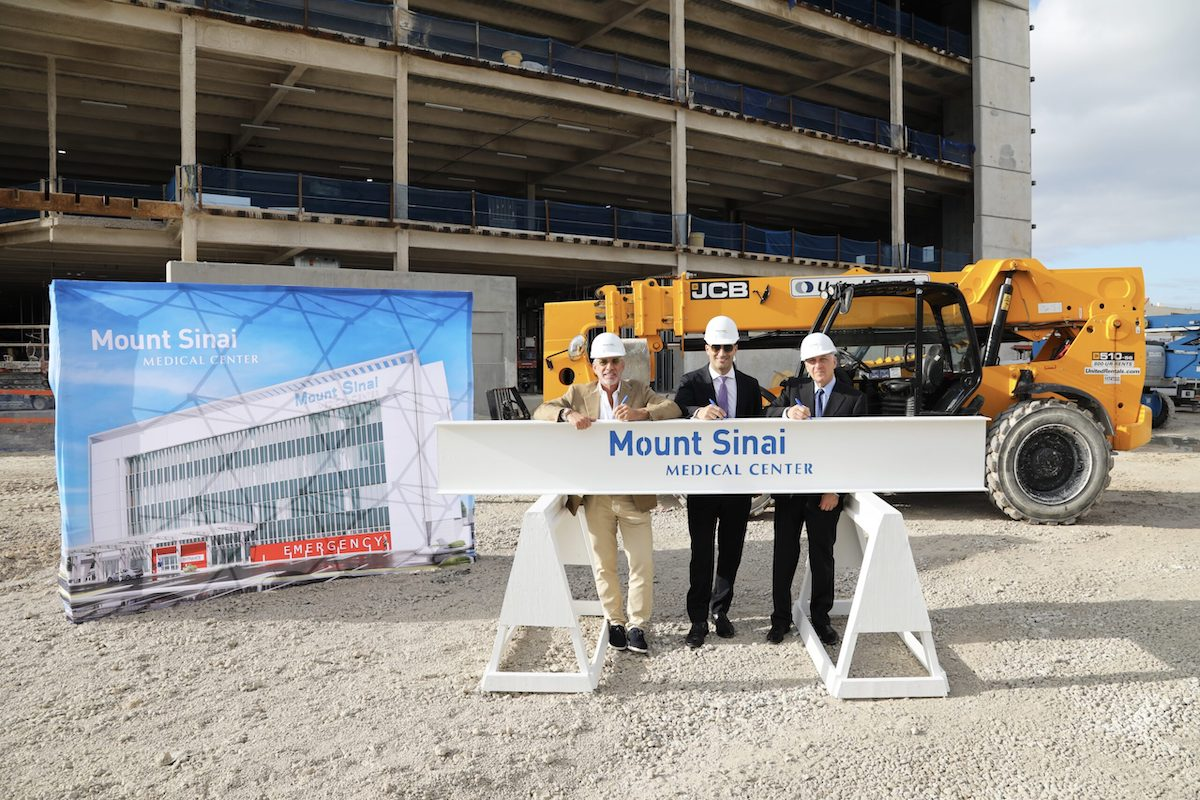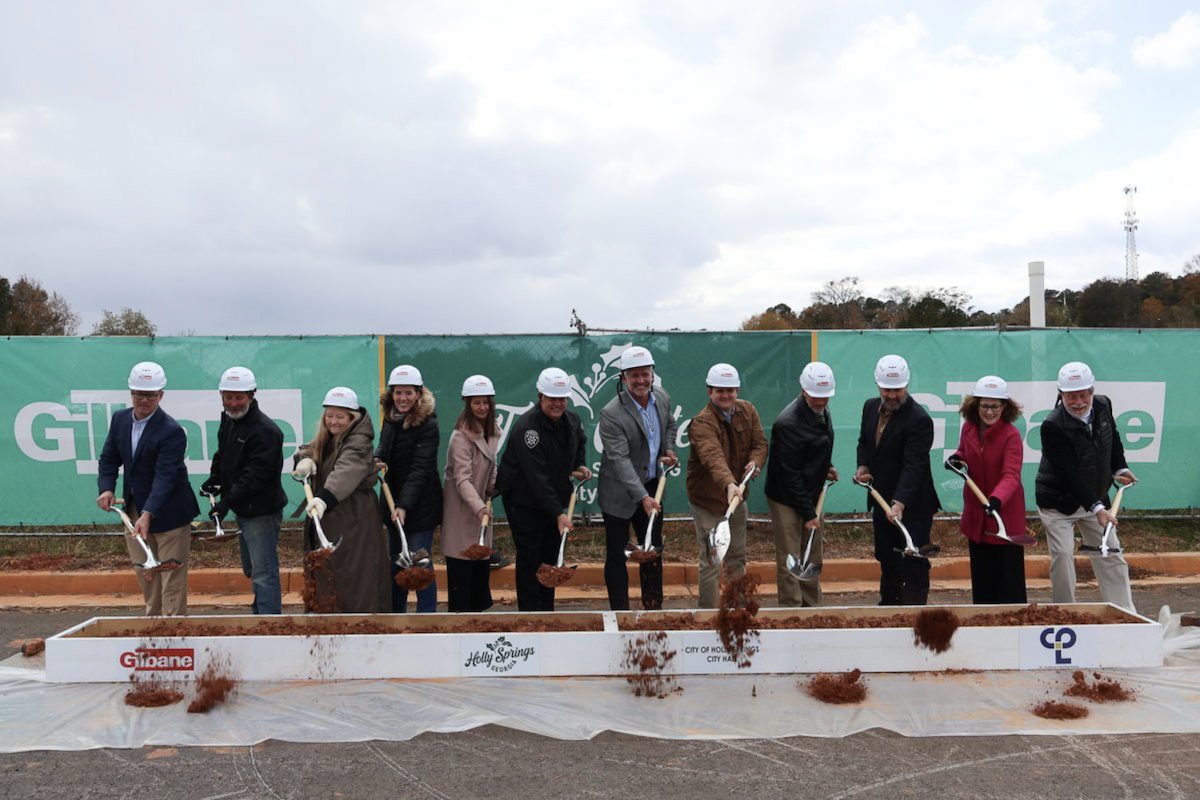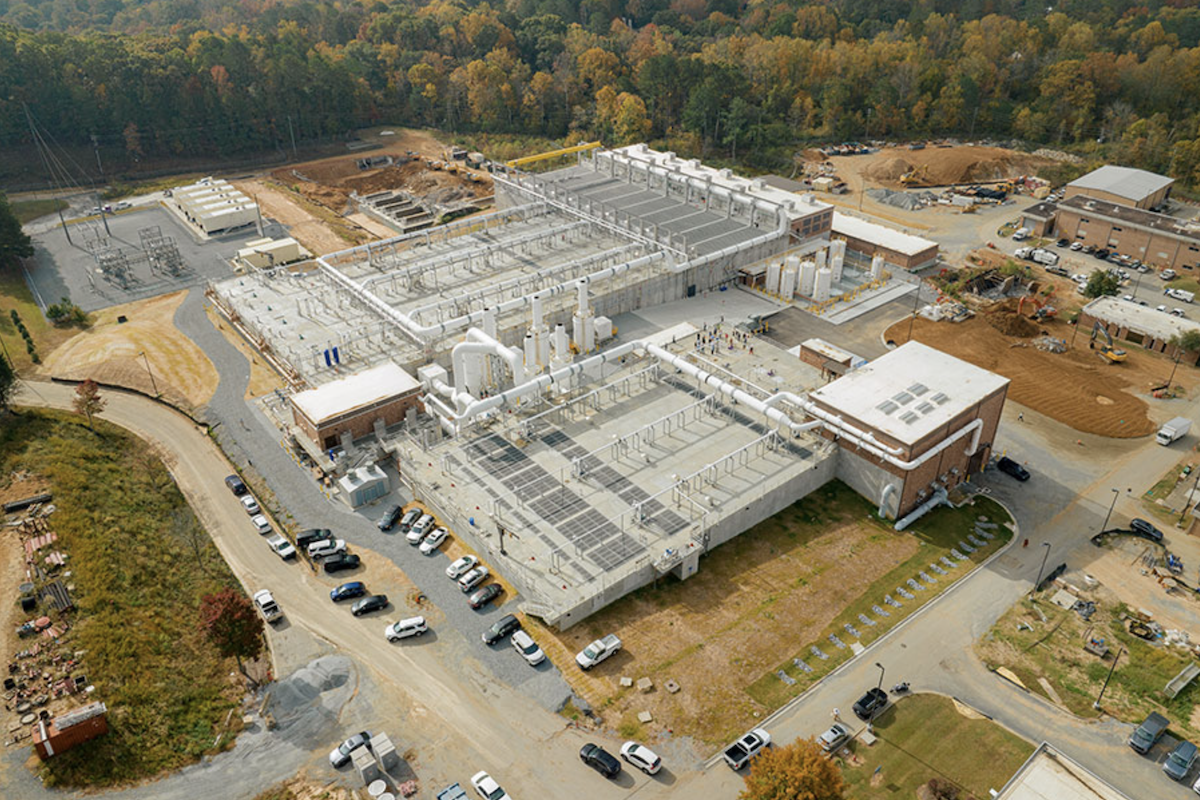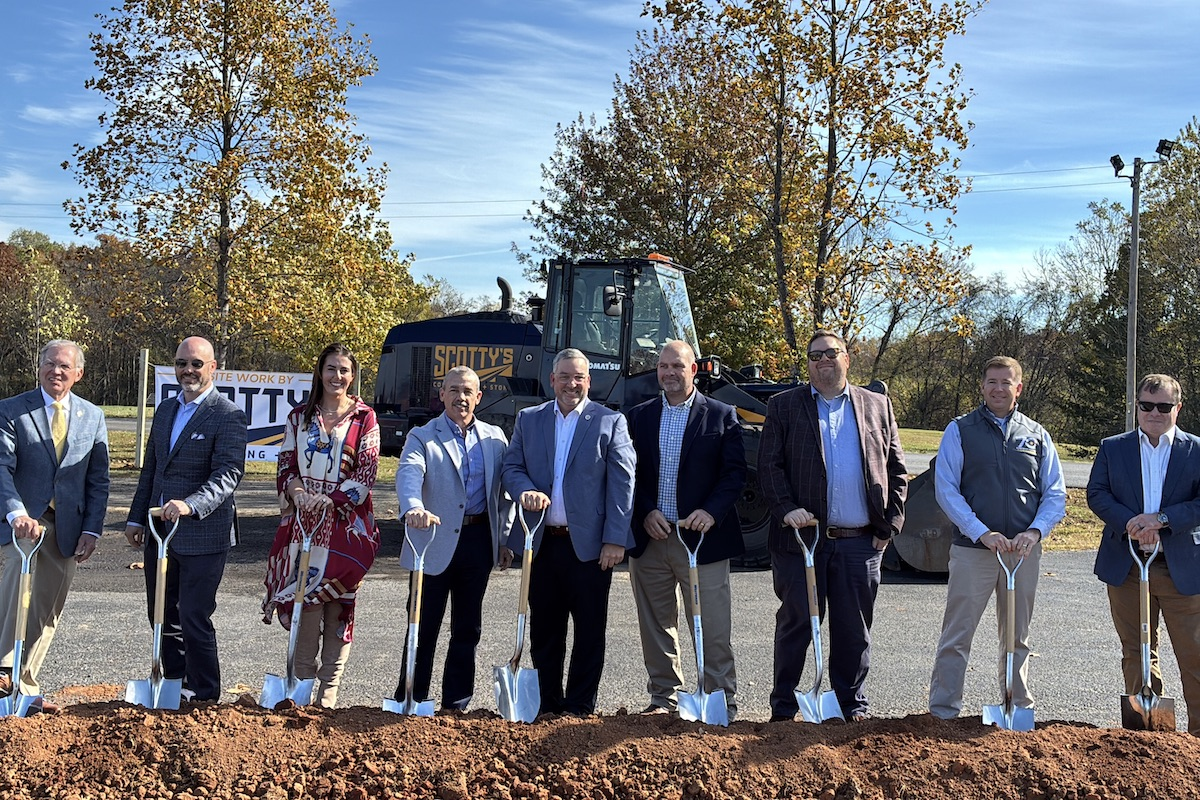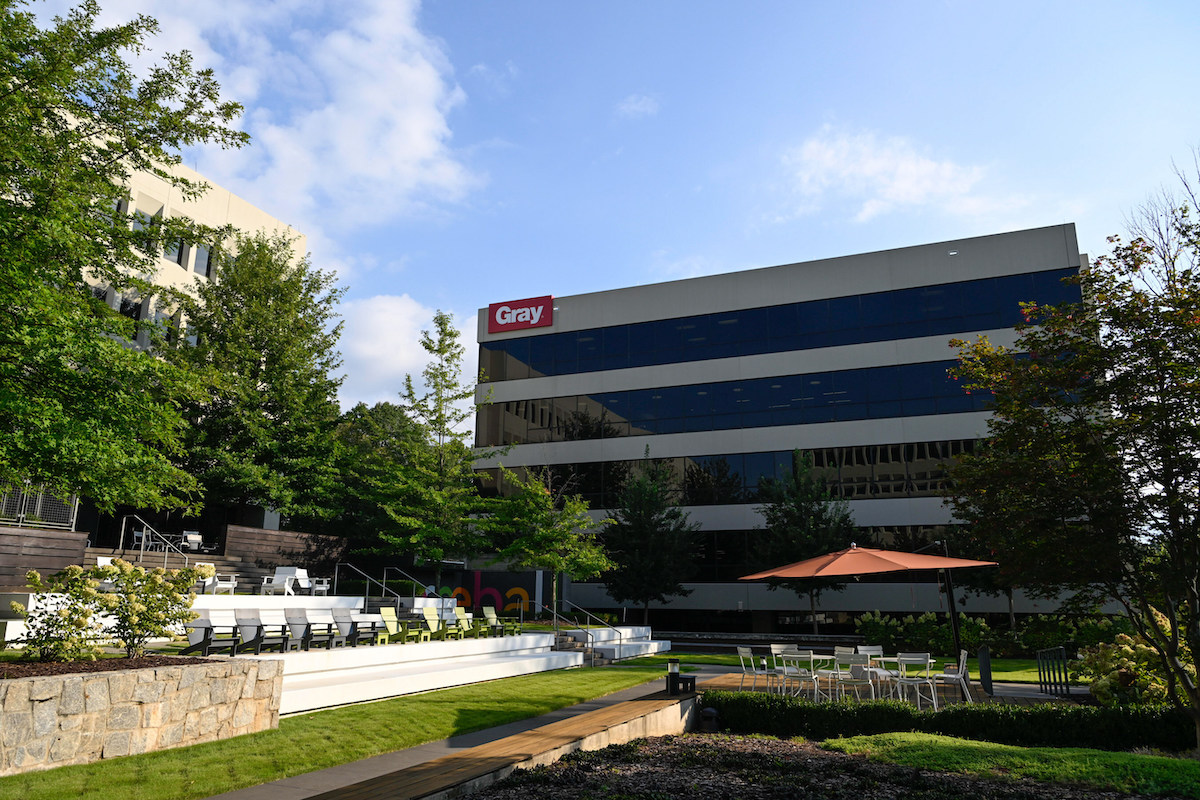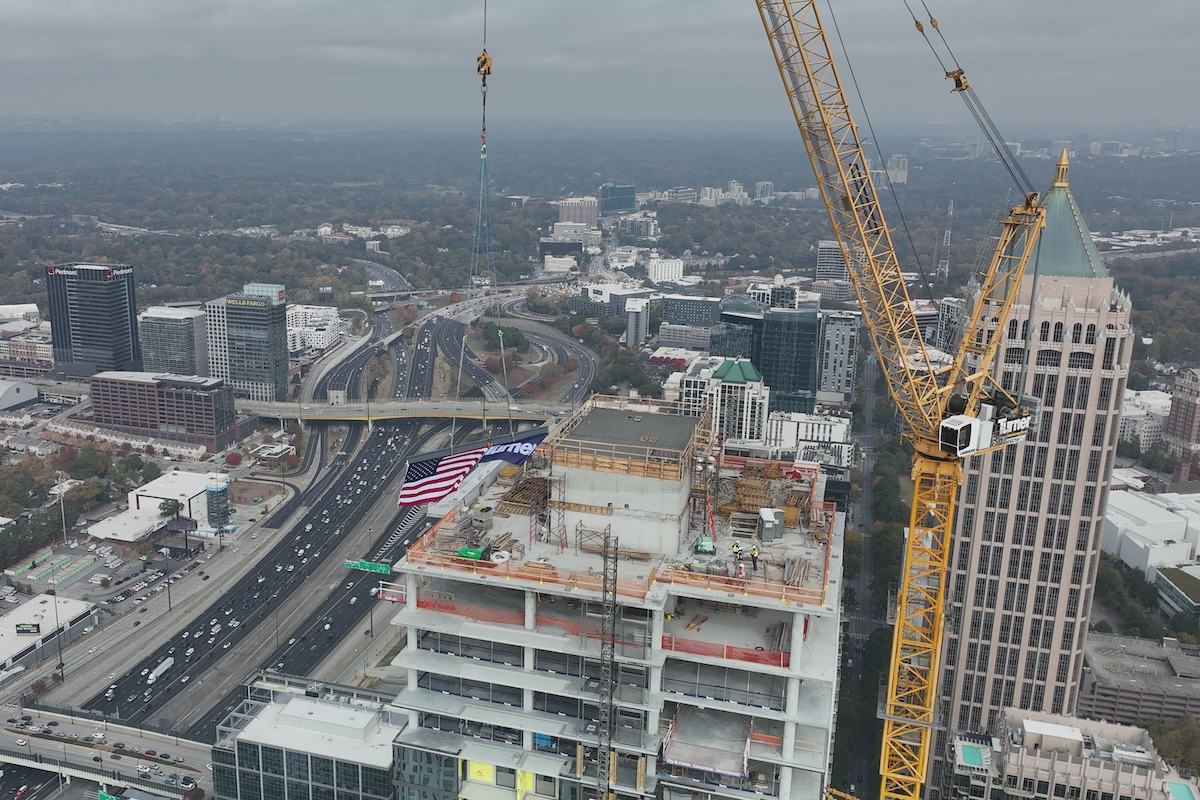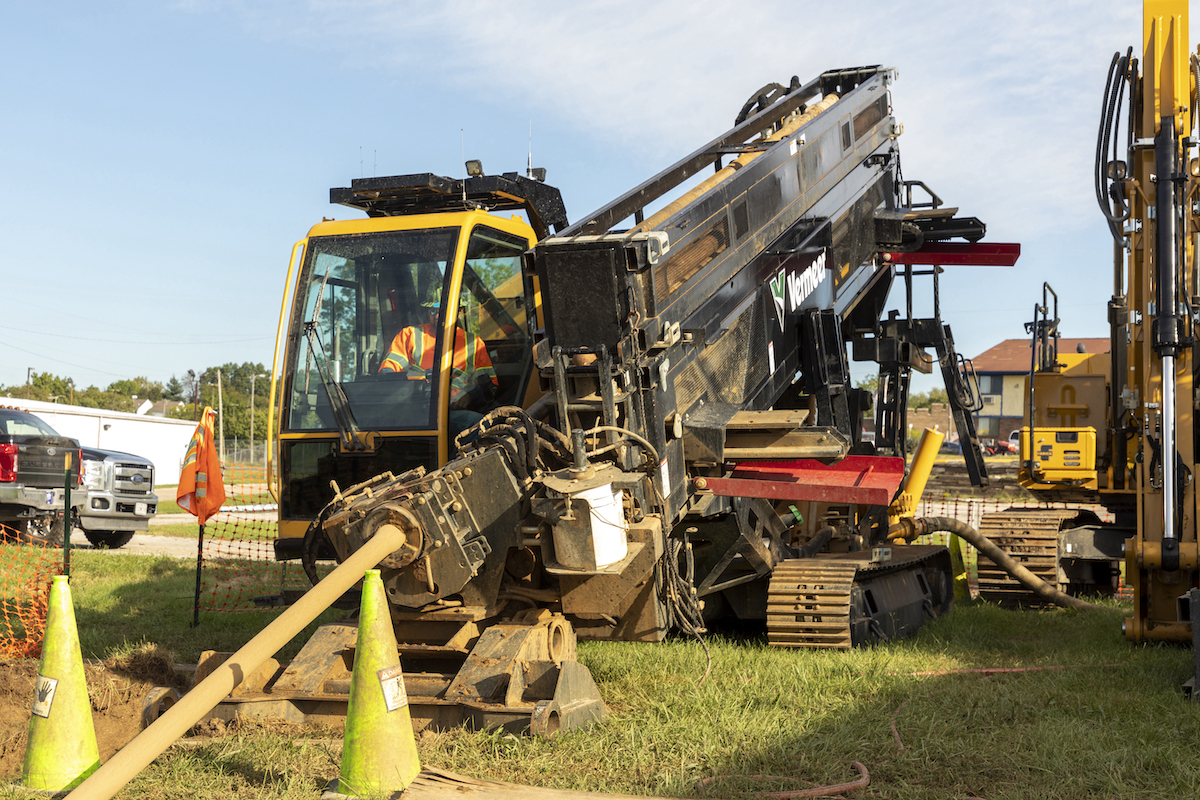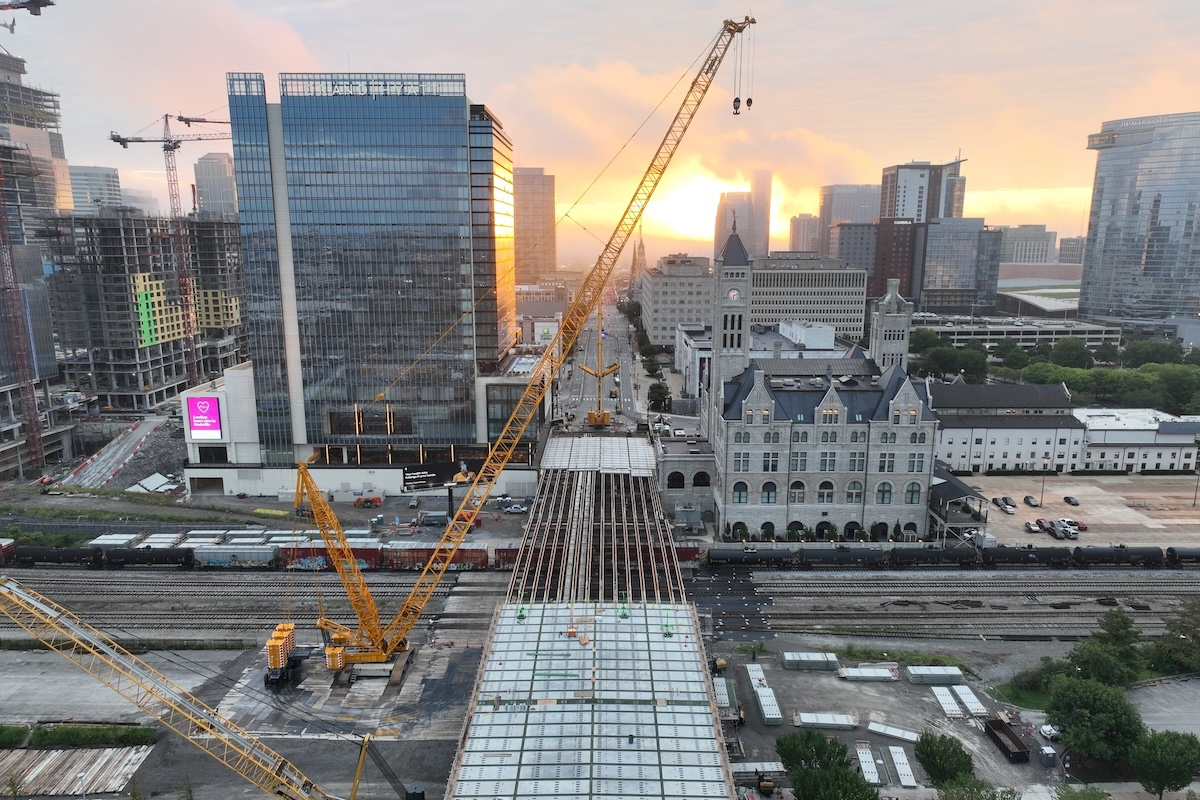For 113 consecutive months, the nation had added jobs – an unprecedented winning streak in the nation’s history. Unemployment, which peaked at nearly 10 percent during the most tumultuous phase of the Great Recession, had neatly drifted to a 50-year low of 3.5 percent as the pandemic loomed. Wage growth among workers was accelerating, helping to fuel retail sales, home purchases, construction, and other aspects of economic life.
Meanwhile, the lack of skilled craftspeople typically topped the list of contractor concerns. America was marching forward with an economy that appeared an indefatigable force. Such was 2020’s onset.
Though unemployment dipped to multi-decade lows and wages ratcheted higher, overall inflation remained benign prior to the onset of the coronavirus pandemic. That helped to support lower interest rates – which in turn helped fuel a surge in building permits as the year began – drove financial markets to dizzying heights and created additional wealth for Americans to spend and invest.
The United States had gone an entire decade without a recession and, if anything, the current decade appeared even more promising as the dislocations produced by the Great Recession receded ever further into the rearview mirror. With economic progress unchecked, the nation’s share of global output increased from 23 percent at the start of the decade of the 2010s to 25 percent by the decade’s final year.

| Your local Bomag Americas dealer |
|---|
| Linder Industrial Machinery |
As is now well understood, that irresistible force met with an immovable microscopic object known as COVID-19, a virus about 1/10,000th the size of the period that concludes this sentence. All that gathered economic momentum scarcely mattered. The current recession was not caused by a loss of demand (à la 2008-2009), but rather by a massive shock to the economy’s capacity to supply. Social distancing measures shuttered malls, theaters, restaurants, manufacturing plants, and other hallmarks of American life.
The stock market – bolstered by fabulous corporate earnings, a cut to corporate tax rates passed in late 2017, an expanding global economy, willing consumers, aggressive stock repurchases and an active mergers-and-acquisitions cycle – had entered the year in record territory. But that was quickly dismantled, with the Dow Jones Industrial Average freefalling from in excess of 29,000 to around 18,000 in mere days.
The U.S. Bureau of Economic Analysis estimates that the economy shrank 5 percent on an annualized basis during the first quarter despite momentum that lingered into February, so horrific were March’s latter three weeks.
The economy’s second quarter, however, was a bloodbath worthy of a Quentin Tarantino film. On an annualized basis, the nation’s GDP fell a mind-numbing 31.4 percent on an annualized basis. To put that into context, the economy shrank 8.4 percent during 2008’s final quarter, the worst period of the Great Recession. Things were set to worsen as households, companies, and state and local governments’ budgets were battered.
At least that’s what many predicted. When April turned to May, it was the downturn that hit the equivalent of a brick wall. What looked to be a long, dark, economic night turned out to be a short, albeit incredibly violent, rainstorm that passed quickly. The Wall Street Journal surveyed a group of economists who had collectively predicted that the economy would lose another 8 million jobs in May. They couldn’t have been more wrong.

| Your local Topcon Positioning Systems Inc dealer |
|---|
| Linder Industrial Machinery |
Rather than add to the massive job losses from the previous two months, the economy rallied. In May, it added 2.7 million net new jobs, the result of state governors reopening their respective economies and the abating of the supply shock. June produced even better numbers, with job growth equaling 4.8 million that month.
Many economists, some of whom incorrectly believed that economic momentum could keep recession at bay during the public health crisis, then adopted the view that the initial phase of recovery would be soft. Wrong again. The economy’s light had been turned off and then on again – only to be dimmed again in the third quarter.
While governors of different states had different re-opening tactics – the governors of Florida, Georgia and Texas, for example, have favored an economic approach, resulting in a lower loss of job totals; conversely, the governors of states such as New York, Hawaii, and Massachusetts have favored a public health approach, resulting in less overall cases of illness. Nonetheless, the United States began to recover in May, resulting in job creation and spikes in activity such as home sales, residential building permits, and manufacturing.
During the early stages of the crisis, there was a great debate in the economics community regarding whether or not the shape of the recovery would be L-shaped, U-shaped, V-shaped, Nike “swoosh,” hockey stick, square foot, checkmark, etc. The vote is in – and the “Vs” have it.
But there is much to consider. In March and April, Congress began pouring dollars into the economy, including trillions of dollars to the stock market.
On March 27, the federal government passed the CARES Act, a $2.2 trillion stimulus package offering financial support to households and businesses. The CARES Act was actually the third major stimulus passed during the crisis’ early phases, and another jolt of stimulus was passed less than a month later.

| Your local Iowa Mold Tooling Co Inc dealer |
|---|
| Nichols Fleet Equipment |
Some Americans received a $1,200 stimulus check, while those who lost their jobs were often eligible for a federal subsidy ($600/week) on top of their standard state unemployment insurance benefits. The combination of that stimulus and a broadly shuttered economy translated into a surging household savings rate. Before the crisis, the U.S. household savings rate averaged around 7 percent to 8 percent (savings as a percentage of personal disposable income). By April, America’s savings rate had ballooned to 33 percent, which served to spring-load consumer spending. As the economy reopened, that accumulated spending power hit the economy like a turbocharger, helping to produce the “V”-shaped trajectory that was apparent through September.
By June, retail sales were above their pre-recession high. By September, retail sales reached a record monthly high of $493 billion. This was about $110 billion more than registered in April. Unemployment, which had officially peaked at 14.7 percent in April, had fallen below 8 percent by September.
Among the most buoyant segments at present is owner-occupied housing. With more and more Millennials coming of age – coupled with the high rate of people looking to social distance – to take advantage of record low mortgage rates and to acquire enough space for a home office, housing demand has raced even higher during the pandemic. But that surging demand has crashed into a dearth of available, unsold inventory, resulting in rapidly rising home prices and the highest homebuilder confidence on record.
At the same time, apartment rents have been descending rapidly in many of America’s most expensive communities, including Manhattan and San Francisco. The average rent in Manhattan recently dropped below $3,000 for the first time since 2011. According to a report from StreetEasy, a record-high number of rent reductions contributed to Manhattan’s average asking rent declining to $2,990 during 2020’s third quarter.
But economics seldom offer plenty without requiring some sacrifice. While homebuilders have been buoyed by a surge in demand for what they produce, they have also experienced a historic increase in the price of softwood lumber as supply chain disruptions and trade wars crash into the next American housing boom.

| Your local Komatsu America Corp dealer |
|---|
| Linder Industrial Machinery |
Unfortunately, this means that the “V”-shaped recovery could be transitioning into a “W” – another recession may be on the horizon. Critically, one could occur even if a further stimulus is passed. Stimulus supports the demand side of the economy, primarily. Another shutdown would compromise the economy’s ability to produce (supply side), presumably leading to another round of mass layoffs, job loss, crumbling consumer confidence, corporate bankruptcies and other negative outcomes. If the first recession is any indication, the next one will be sharp and short.
Regardless, that would delay complete recovery, which is the ultimate aspiration. The winter looks bleaker than usual in the light of such considerations.
Two University of Chicago economists recently determined that 37 percent of jobs can be done entirely from home. But the fact that many people can work from home was well understood prior to the crisis. What is more remarkable are the recent studies indicating that many people are more productive working from home than in the office.
In the office, workers are exposed to numerous distractions, such as the urge to chat with coworkers, fill out NCAA brackets, and the ubiquitous impromptu staff meeting. While there are plainly distractions back at the homestead (including children, pets, neighbors, Netflix and food deliveries), many workers persevere. What’s more, working from home obviates the need for lengthy, stressful commutes.
This is not particularly good news for office construction. Over the last decade, which was associated with persistent growth and falling unemployment rates, many firms upgraded their office accommodations by moving from Class B to Class A/A+ spaces. This was done for a variety of reasons, including location and prestige, as well as a way to recruit talent and retain skilled workers by supporting them in more appealing environments.
But with unemployment elevated and both graduating classes of 2020 and 2021 looking at the worst employment markets since 2008, many firms may eschew so much expensive space for less luxurious space, including the suburbs. By August, the construction-spending-in-the-office category was down nearly 9 percent on a year-ago basis. Meanwhile, the spending-in-the-lodging segment was down approximately 12 percent, a reflection of a considerable volume of new hotel rooms colliding with a lack of leisure and business travel.

| Your local Bobcat dealer |
|---|
| Pinnacle Central Co Inc |
Predictably, the level of design work has tumbled. The Architectural Billings Index, a leading indicator for commercial construction, has been below the threshold reading of 50 since March. Architects have steadily become less busy, especially in the Northeast, home to markets that have suffered massive jobs loss in absolute and relative terms, such as Boston and New York. If architects are not busy upstream, contractors are less likely to be busy downstream.
Anecdotal evidence suggests that contractors are experiencing fewer bidding opportunities and that when a bid opportunity emerges, competition is fierce. Backlog data has been receding, with some contractors indicating that they will exhaust their current backlog by year’s end.
The pandemic has also hurt traditional brick-and-mortar stores, many of which were vulnerable prior to the crisis. J.C. Penney, Brooks Brothers, J.Crew, Nieman Marcus and others have already declared bankruptcy. Many others are shuttering stores to preserve liquidity. Roughly a quarter of the nation’s 1,200 malls are at risk of closure within the next few years. Many communities are already forging plans to deal with the existing and prospective overhangs of underutilized retail space.
Largely because of the weakness in commercial construction, despite the renaissance of homebuilding activity, the average weekly hours worked by construction workers has declined over the course of the crisis. A winter recession would likely increase limited hours even beyond normal seasonal levels.
There’s more. Survey data indicates that lending to commercial real estate ventures has tightened, while state and local government finances have been compromised, especially in states that depend upon substantial tourism activity. This only adds to the simmering uncertainty that lingers, resulting in less risk-taking among developers and others who procure nonresidential construction services. Nonresidential construction employment is down almost 6 percent on a year-ago basis as winter approaches.
Even with all these negative signs in the construction market, there are some bright spots. One segment that has benefited from the shutdowns and social distancing measures is e-commerce. The backbone of these online retailers are fulfillment and data centers as well as trucking. E-commerce will be a source of significant construction starts for years to come.

| Your local Trimble Construction Division dealer |
|---|
| SITECH Mid-South |
| SITECH South |
| SITECH Tri-Rivers |
Additionally, as many businesses look to cut costs, there may be an increase in demand for Class B office space, incentivizing property managers to update and renovate those facilities. HVAC contractors are especially well positioned as building owners look to upgrade air handling systems to limit viral spread. Other likely improvements will focus on shared spaces such as elevators, restrooms, and lobbies.






